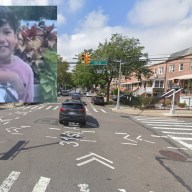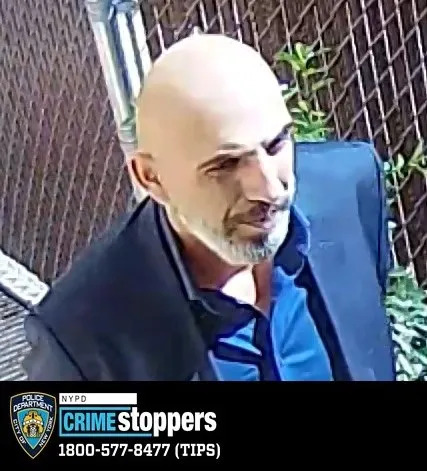By Joan Brown Wettingfeld
With the closing of February , Black History Month, and the beginning of March, Women's History Month, it seemed fitting to dedicate this column to a most unusual woman whose story encompasses both histories.
Sojourner Truth was born into slavery in 1797 in upstate Hurley, Ulster County, on the estate of a Dutch family. Growing up she spoke no English, knowing only the Dutch language of her masters.
After she was sold twice later to English-speaking masters, in 1810 she was purchased by John Dumont for 70 pounds where the tireless, six-foot Isabella Baumfree ( her original name) was considered as good a worker as any man. With all, she bore five children to an older slave she was forced to marry.
The year 1826 brought significant change to Isabella's life. New York had passed a law emancipating all slaves in 1827. Despite many problems, she seized her freedom and found refuge with a Quaker couple. It was then that she experienced a religious experience that set her on an evangelical path. But before that, her first activist role was to sue successfully for the return of her son, Peter, who had been sold into slavery across state lines in violation of New York State law.
Isabella moved to New York City in 1829 and would spend 10 years there as a domestic as she pursued her religious interests. She adopted the name, Sojourner Truth and ventured out of the city on an evangelical odyssey throughout the North, an undertaking that brought her in touch with abolitionists William Lloyd Garrison and Frederick Douglas. She eventually joined them on their lecture circuits.
Her opening, “Children, I talk to God, and God talks to me,” seized her audiences’ attention and she became a sought-after attraction as she advocated black freedom, women’s rights, and temperance. Although she was illiterate, one journalist praised Sojourner for the “magnetic power” she held over an audience.”
At one time in 1851 as she was ready to address a women’s rights convention, her right to speak to the assemblage was questioned by some as bringing too much press attention because of her status as a “Negro.” But when she spoke these words there was a profound hush: “Nobody eber help me into carriages, or ober mud puddles, or gives any best place — and ar’n’t I a woman? Look at me! Look at my arm! [she bared her right arm to the shoulder, showing her tremendous muscular power]. I have plowed, and planted, and gathered into barns, and no man could head me — and ar’n’t I a woman? I could work as much and eat as much as a man (when I could get it) and bear de lash as well — and ar’n’t I a woman?”
The hecklers were taken aback and the speech ended quietly with a respectful and admiring audience.
In 1843, with her reputation for a fiery style and strong execution, Sojourner traveled from Manhattan to walk through Queens and then east to Huntington, attracting crowds as she passed along the way. (Queens extended as far as Hempstead before 1898 when the Greater City came into being).
During the Civil War, Sojourner Truth helped nurse wounded soldiers and collected food and clothing. Her reputation grew nationally, and she was the subject of a tribute by Harriet Beecher Stowe, “The Lybian Sybil” which appeared in the Atlantic Monthly in 1868.
Previously, she was invited to the White House by President Lincoln in 1864. Though he kept her waiting for quite some time and others noticed this, she never remarked about it. It was during her stay in Washington, D.C. that she became a “freedom rider,” successfully challenging segregation on streetcars.
In later years Sojourner Truth focused on an effort to guide blacks to the West, and she herself moved to Battle Creek, Mich. where she died in 1883.
As her fame grew a woman named Olive Gilbert helped the illiterate Sojourner to record her life story. It appeared as “The Narrative of Sojourner Truth” in 1850 and was reprinted in 1878, 1881, and 1884.
Sojourner Truth’s personal quest for freedom left an inspiring legacy for many of society’s oppressed.
Joan Brown wettingfeld is a historian, free-lance writer, and a member of the Borough President's History Advisory Committee.
Website: member.aol.com/tmpnyc/bayside.htm
E-mail: JBBAY@aol.com.

































